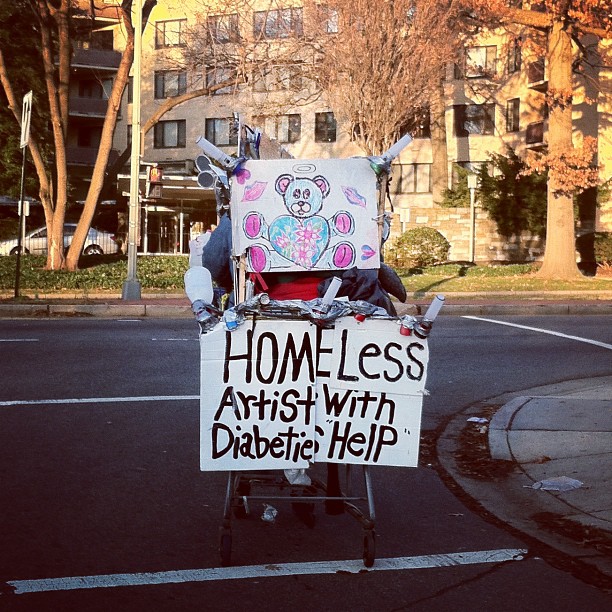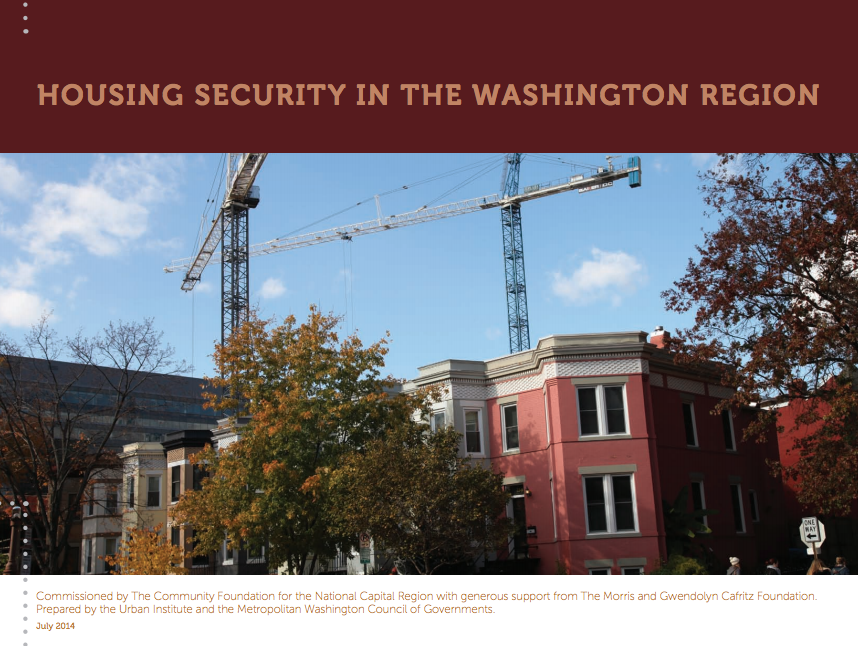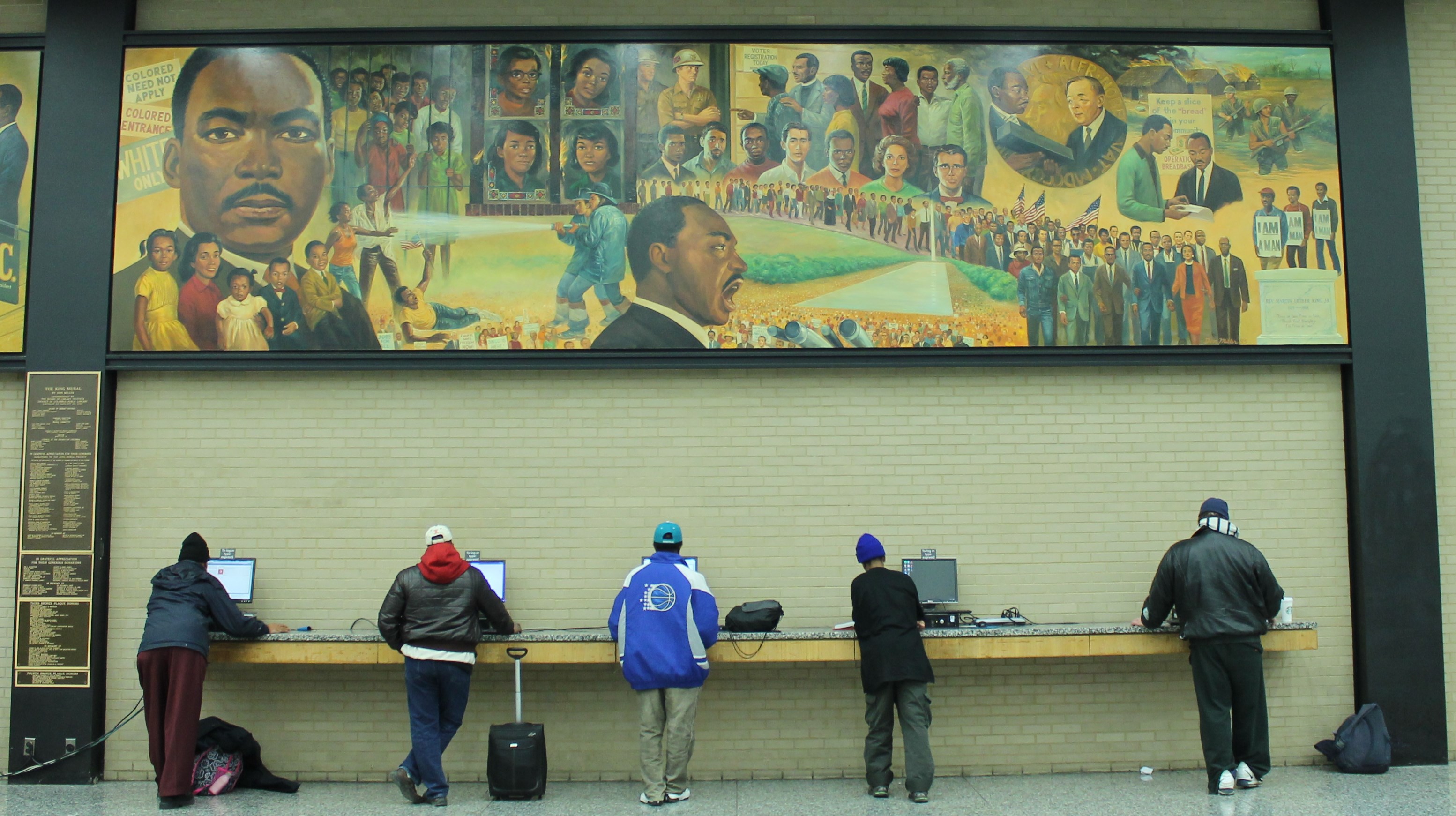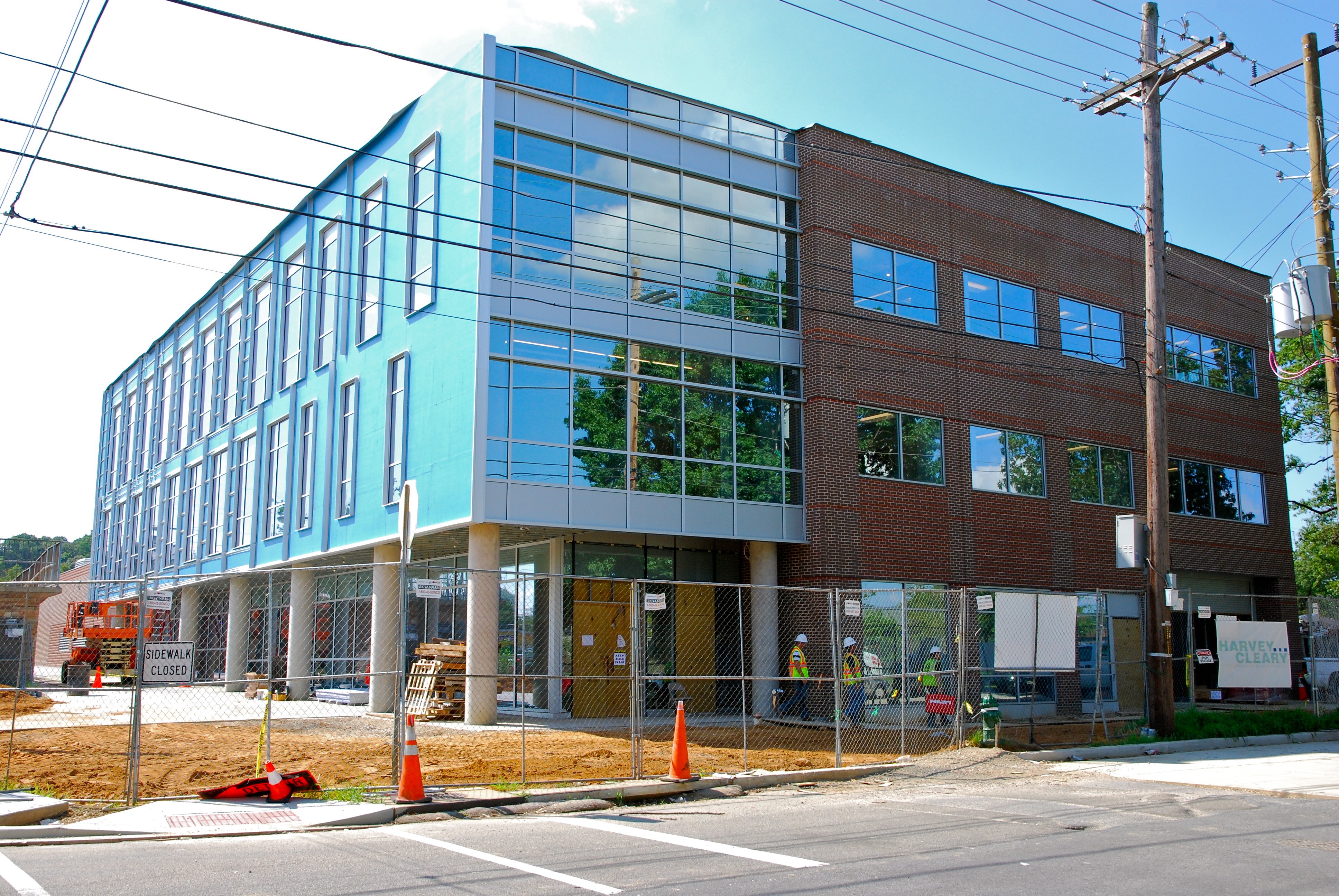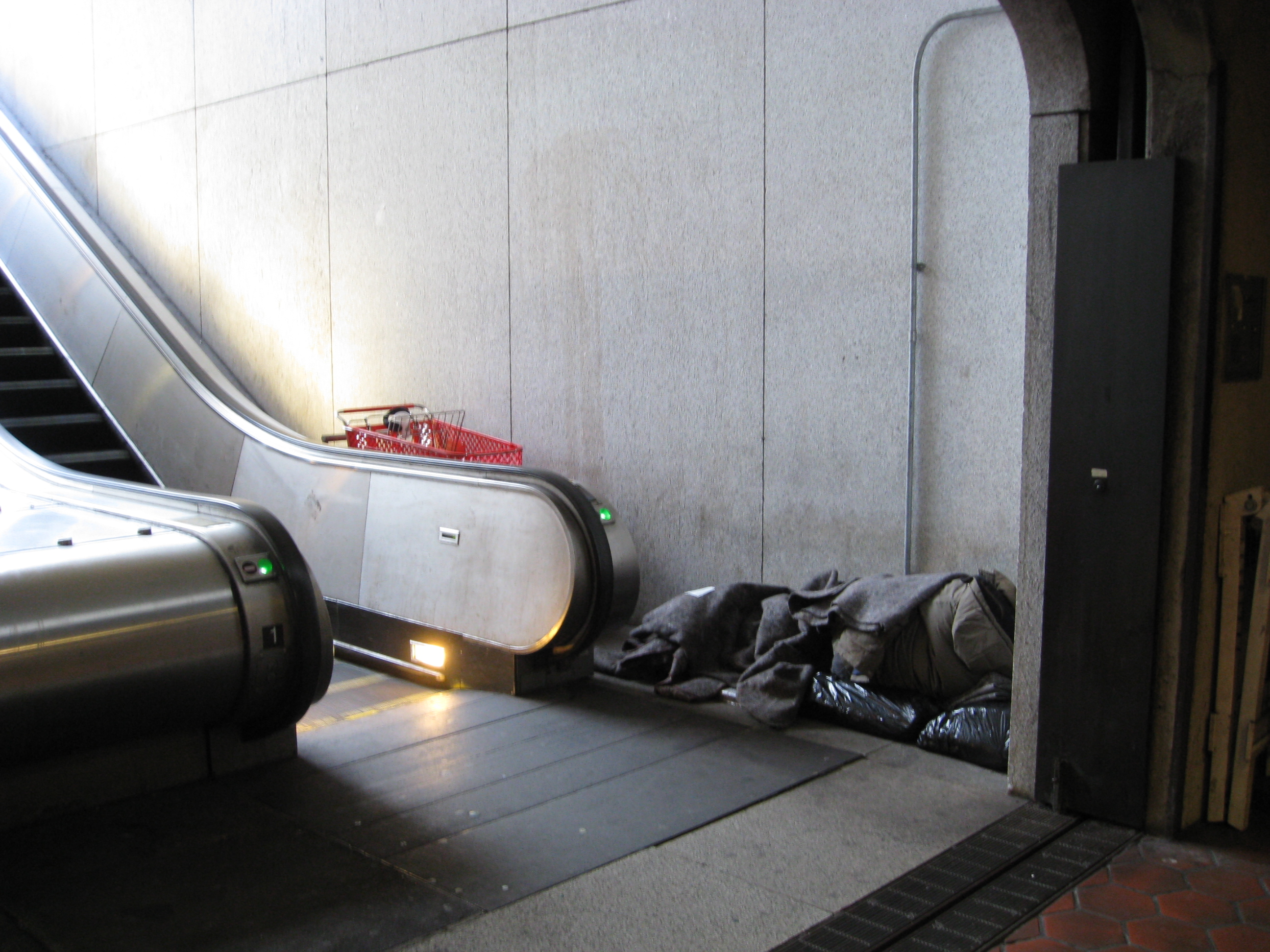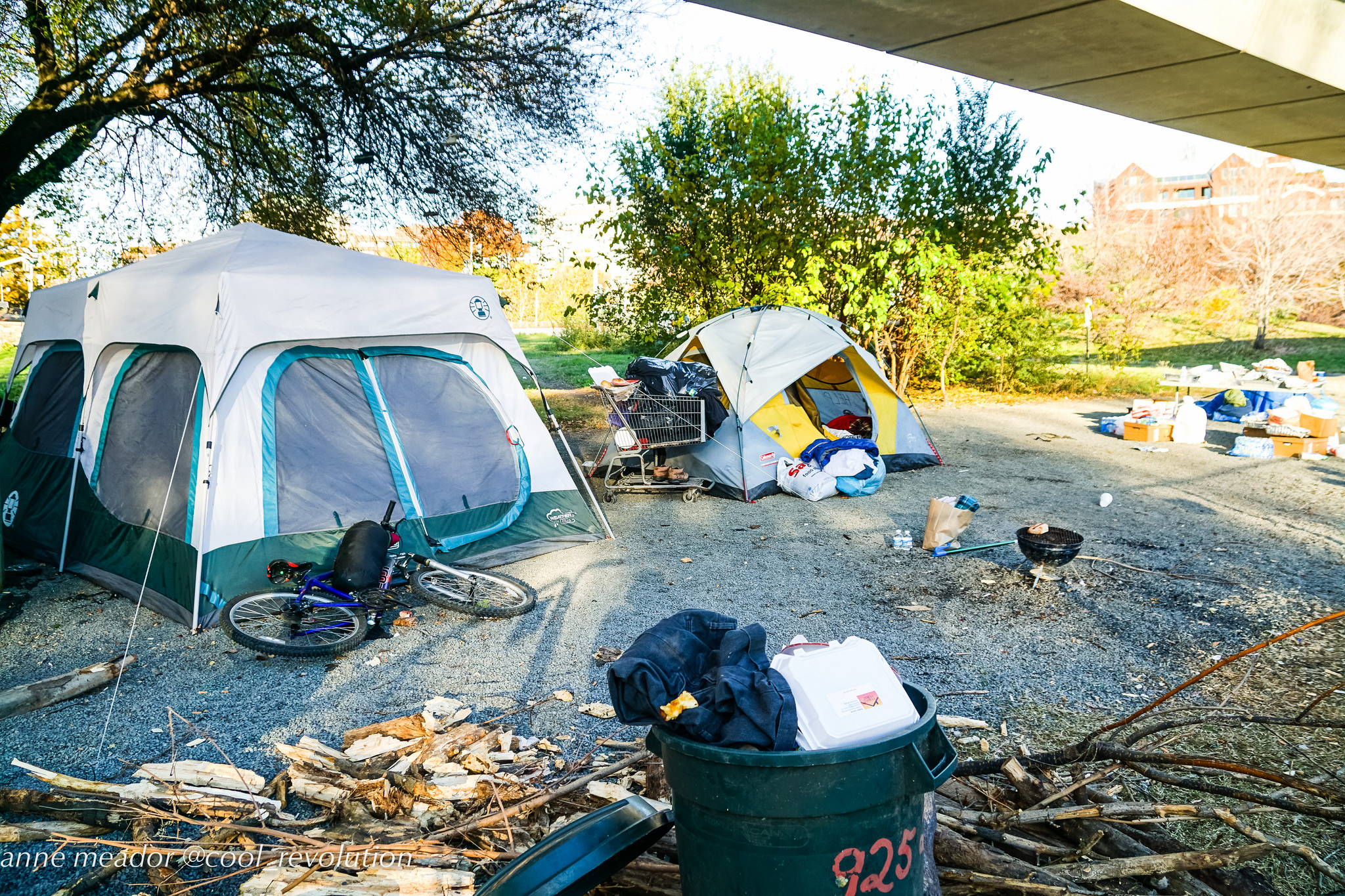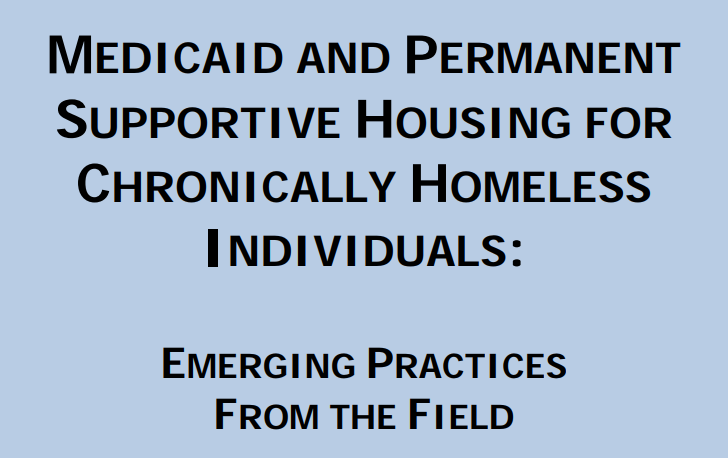According to the 2017 Annual Point-In-Time Survey conducted in 9 jurisdictions, there are 11,128 people experiencing homelessness in the Washington metropolitan area in 2017, a 9% decrease from 2016. The survey includes data from Frederick, Montgomery and Prince George’s Counties and the cities of Frederick and Bowie in Maryland; the City of Alexandria and Arlington, Fairfax (including Falls Church and Fairfax), Loudoun and Prince William (including Manassas and Manassas Park) Counties in Virginia; and the District of Columbia.
While the short-term number of individuals experiencing homelessness has decreased across the region, long-term trends vary. Alexandria, Arlington, Fairfax, Loudoun, Montgomery, Prince George’s, and Prince William County have all experienced short-and long-term decreases in homelessness. Washington D.C., which has the largest proportion of the region’s homeless population (67%), has seen a 9% increase in homelessness since 2013. Further, in a “Hunger and Homelessness” survey conducted by the U.S. Council of Mayors that examined homelessness in 38 U.S. cities, the District of Columbia had the highest rate of homelessness, with 1 in 70 residents experiencing homelessness.





